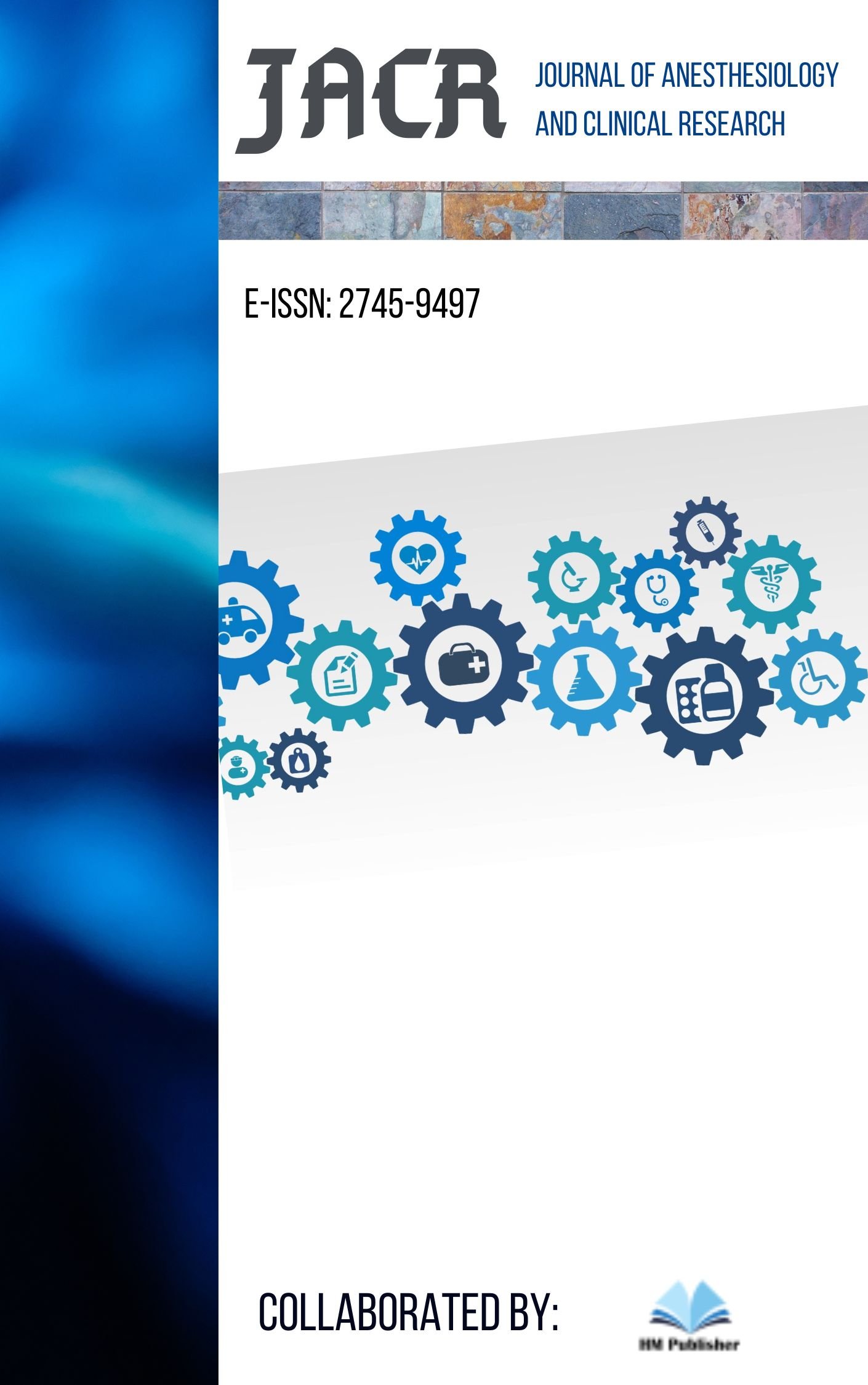Main Article Content
Abstract
Introduction: The optimal timing of percutaneous dilatational tracheostomy (PDT) in critically ill stroke patients remains controversial. The procedure may facilitate ventilator weaning and neurological assessment, but carries inherent risks. This study aimed to determine the impact of early versus late PDT on clinical outcomes in this specific and vulnerable population.
Methods: This retrospective cohort study was conducted at a single tertiary care center. We included all mechanically ventilated adult stroke patients who underwent PDT between January 2024 and December 2024. Patients were categorized into an Early PDT group (≤7 days of intubation) and a Late PDT group (>7 days). The primary outcome was time to ventilator liberation, with in-hospital death as a competing risk. This was analyzed using a Fine-Gray subdistribution hazard model. Secondary outcomes included ICU and hospital mortality, length of stay (LOS), and ventilator-associated pneumonia (VAP), analyzed with multivariable regression.
Results: Seventy patients were included (34 Early PDT, 36 Late PDT). After adjusting for age, admission GCS, NIHSS, and stroke type, early PDT remained significantly associated with a higher probability of ventilator liberation (adjusted subdistribution Hazard Ratio [sHR]: 2.48; 95% CI: 1.41–4.36; p=0.002). Early PDT was also independently associated with lower odds of developing VAP (adjusted Odds Ratio [aOR]: 0.31; 95% CI: 0.10–0.94; p=0.038). There were no significant differences in ICU mortality (aOR: 0.82; 95% CI: 0.28–2.41; p=0.721) or hospital mortality (aOR: 0.70; 95% CI: 0.25–1.96; p=0.495).
Conclusion: In critically ill stroke patients, an early tracheostomy strategy is independently associated with a significantly shorter time to ventilator liberation and lower odds of VAP, after accounting for competing risks and baseline confounders. While not associated with a survival benefit, early PDT should be considered a key strategy to optimize respiratory management and reduce pulmonary complications in this population.

